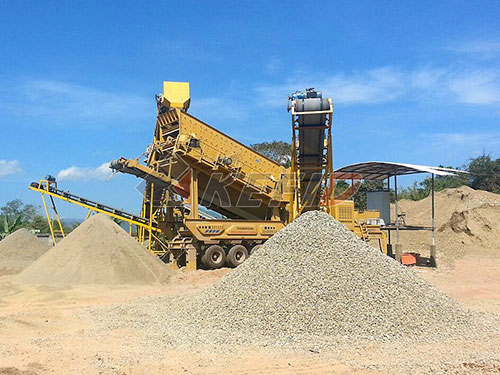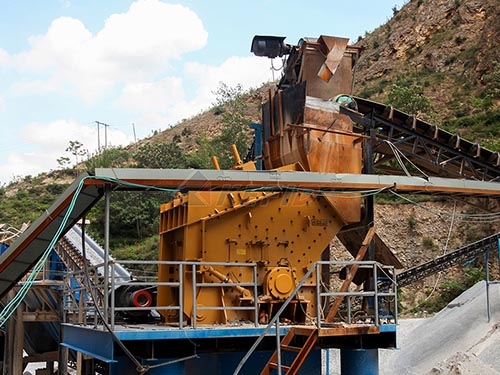The Unsung Workhorse: Understanding the Lime Mill Crusher

In the bustling world of industrial mineral processing, where massive kilns roar and intricate chemical reactions unfold, one piece of equipment often operates quietly yet indispensably at the very start of the chain: the Lime Mill Crusher. More than just a brute force machine, this specialized equipment is the critical first step in transforming raw limestone into the vital commodity known as quicklime or hydrated lime – materials fundamental to countless industries.
What Exactly is a Lime Mill Crusher?

At its core, a lime mill crusher is a robust machine designed to reduce large chunks of quarried limestone rock into significantly smaller particles suitable for further processing – primarily calcination in a kiln. While sometimes referred to simply as a “crusher,” its role within the lime production circuit is highly specific.
It’s important to distinguish it from grinding mills used later for pulverizing burnt lime (quicklime). The lime mill crusher handles the raw feed, breaking down material typically ranging from several inches down to pieces ideally sized between 1/4 inch (6mm) and 2 inches (50mm).
Why Size Matters Profoundly
The efficiency of the subsequent calcination process hinges critically on consistent feed size:
1. Optimal Heat Transfer: Uniformly sized particles ensure even heat penetration throughout the kiln bed. Oversized chunks risk incomplete calcination at their core (“burnt lime” trapped inside unburnt stone), while fines can cause blockages or excessive dust generation.
2. Kiln Throughput & Efficiency: Correctly sized material flows smoothly through rotary or vertical kilns, maximizing throughput and fuel efficiency.
3. Product Quality Control: Consistent feed size leads directly to more consistent quality in the final quicklime product.
Common Types Used in Lime Production
Several crusher types excel in this primary crushing role for limestone:
1. Impact Crushers (Horizontal Shaft Impactors – HSI / Vertical Shaft Impactors – VSI):
Principle: Utilize high-speed rotors with hammers or blow bars that violently impact rock against breaker plates or anvils (HSI), or accelerate rock against itself within a crushing chamber (VSI).
Advantages: Excellent cubicity (producing more uniform, less flaky particles), high reduction ratios achievable in one stage, relatively lower fines generation compared to some alternatives.
Ideal For: Medium-hard

Leave a Reply